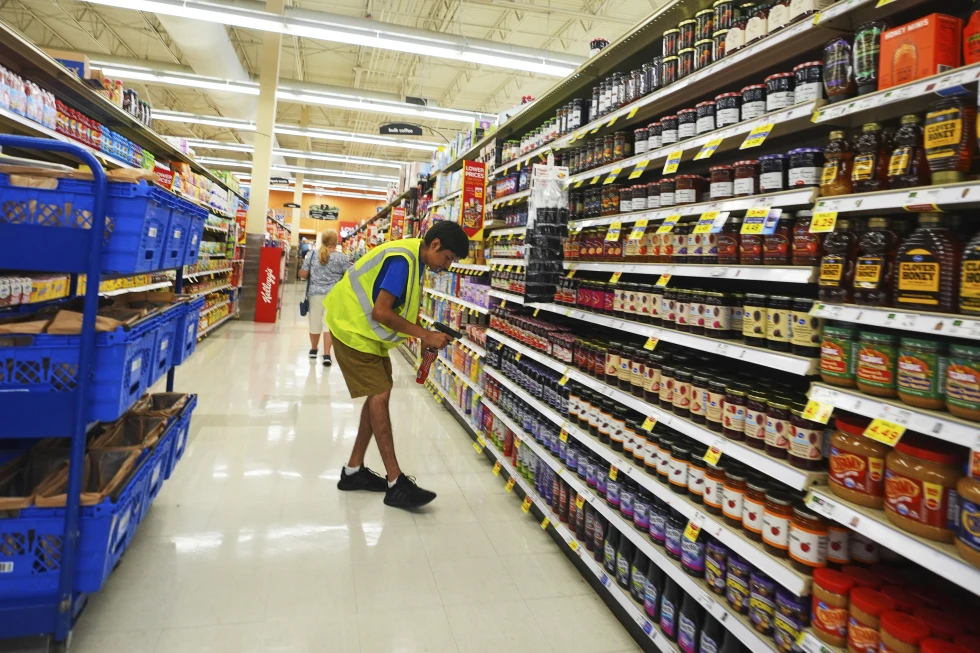
WASHINGTON — Inflation rose last month as the price of gas, groceries and airfares jumped while new data showed applications for unemployment aid soared, putting the Federal Reserve in an increasingly tough spot as it prepares to cut rates at its meeting next week despite persistent price pressures.
Consumer prices increased 2.9% in August from a year earlier, the Labor Department said Thursday, up from 2.7% the previous month and the biggest jump since January. Excluding the volatile food and energy categories, core prices rose 3.1%, the same as in July. Both figures are above the Federal Reserve’s 2% target.
A separate government report Thursday showed that weekly applications for unemployment aid jumped 27,000 to 263,000, the highest in nearly four years. Requests for jobless benefits are a proxy for layoffs. Recent reports have also showed that hiring has weakened dramatically this year and was lower than previously estimated last year.
The data raises the specter of “stagflation,” a trend that last bedeviled the U.S. economy in the 1970s. The term refers to a period of slower growth, higher unemployment along with rising inflation. It is unusual because a weak economy typically keeps inflation in check.
Such a scenario could create major headaches for the Fed as it prepares for a meeting next week, when policymakers are widely expected to cut their short-term rate to about 4.1% from 4.3%. The Fed is under relentless pressure from President Donald Trump to cut rates. At the same time, stubborn inflation while the job market is weakening is difficult for the central bank because they are diverging trends that require polar reactions from Fed policymakers to address.
Typically the Fed would cut its key rate when unemployment rises to spur more spending and growth. Yet it would do the opposite and raise rates — or at least keep them unchanged — in the face of rising inflation.
Last month, Chair Jerome Powell signaled that Fed officials are increasingly concerned about weaker hiring, setting the stage for a rate cut next week. Wall Street investors think there is an 85% chance the Fed will cut twice more after that, according to futures pricing tracked by CME Fedwatch.
“Consumer inflation came in mildly hotter than forecast, but not nearly high enough to prevent the Fed from starting to cut rates next week,” Kathy Bostjancic, chief economist for Nationwide, said. “The labor market is losing steam and reinforces that the Fed needs to start cutting rates next week and that it will be the start of a series of rate reductions.”
Where inflation heads next is a key question for the Fed. While Thursday’s report showed inflation picked up, data released Wednesday suggested prices at the wholesale level are cooling. Economists also noted that a separate measure of inflation that the Fed prefers, which will be released in about two weeks, should come in lower than Thursday’s figures and paint a more benign picture of prices.
On a monthly basis, overall inflation accelerated, rising 0.4% from July to August, faster than the 0.2% pace the previous month. Core prices rose 0.3% for the second straight month.




